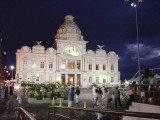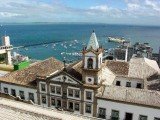Este post também está disponível em:
Português
English
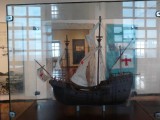
The museums of Salvador are one of the tourist attractions and offer several options for fun in Salvador, as well as a must-see collection in Salvador.
The spaces offer the public the opportunity to get to know part of the history and culture of Bahia and Brazil, through a visitation itinerary to the museums of the Bahian capital.
With diverse proposals, the museums and other public spaces of the capital of Bahia keep varied collections such as paintings, sculptures, photographs, poems, masks, musical instruments and other artistic manifestations that reveal the identity of the people of the land.
The museums of Salvador are some of the leisure options for both tourists and Bahians.
With diverse proposals, the museums and other public spaces of the capital of Bahia keep varied collections such as paintings, sculptures, photographs, poems, masks, musical instruments and other artistic manifestations that reveal the identity of the people of the land.
Videos about the museums of Salvador de Bahia
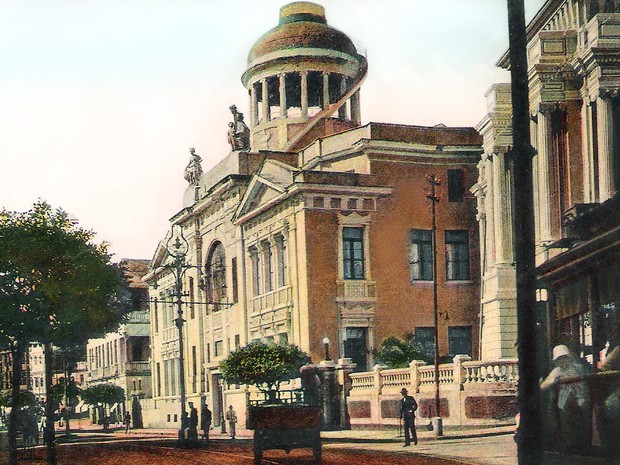

Instituto Geográfico e Histórico da Bahia06:36
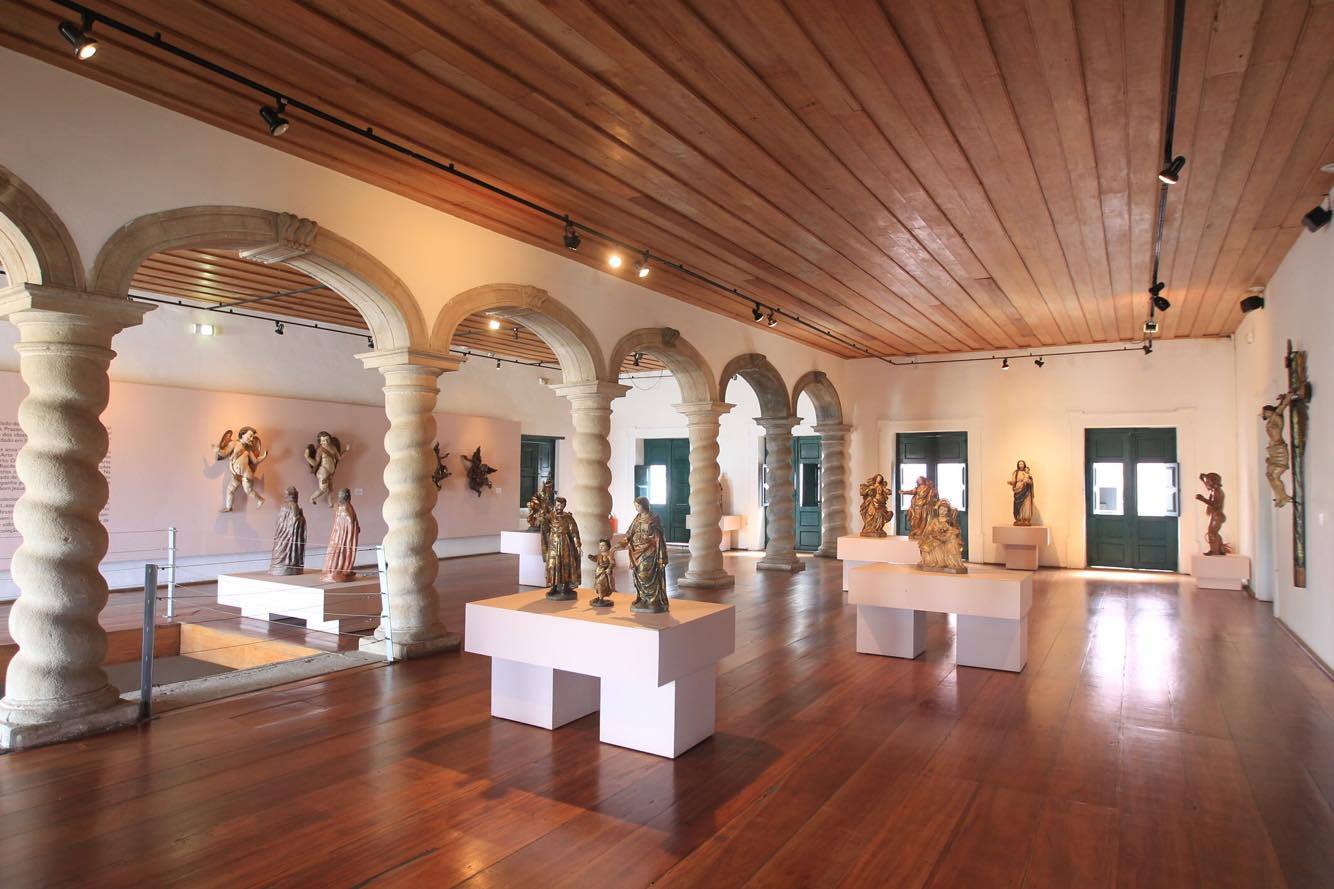
Museu de Arte Moderna da Bahia02:55
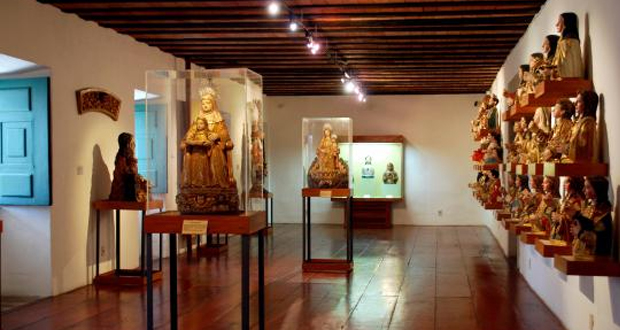
Museu da Arte Sacra em Salvador BA04:34
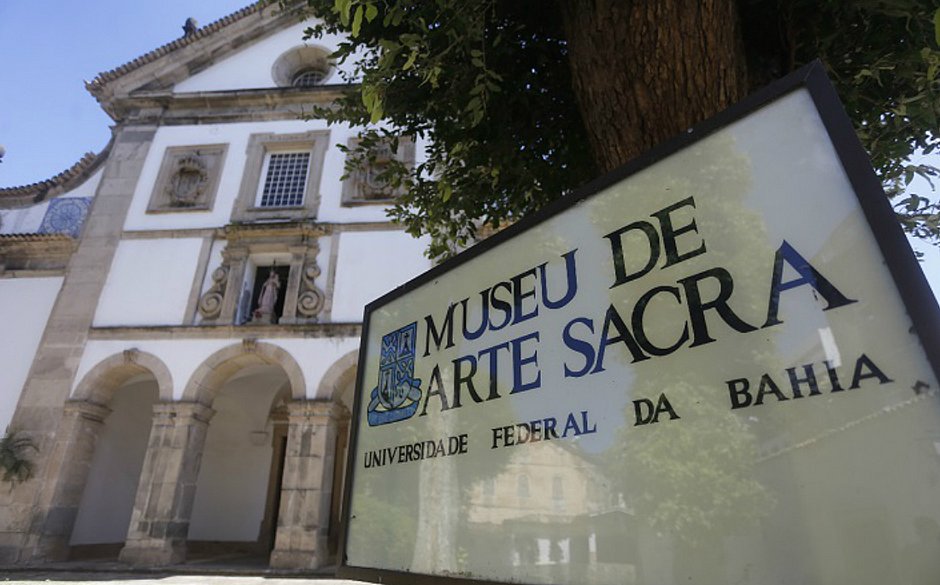
MUSEU DE ARTE SACRA DA UFBA26:01
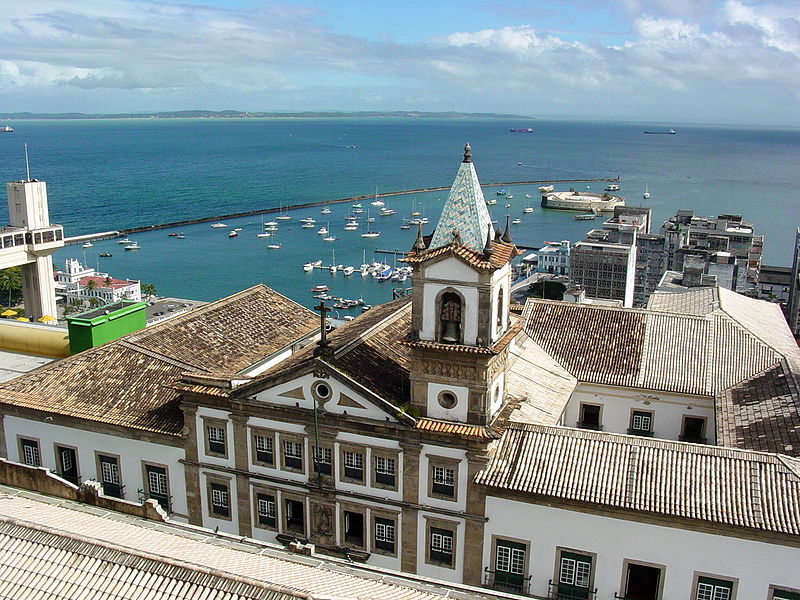
Museu de Arte Sacra da ufba
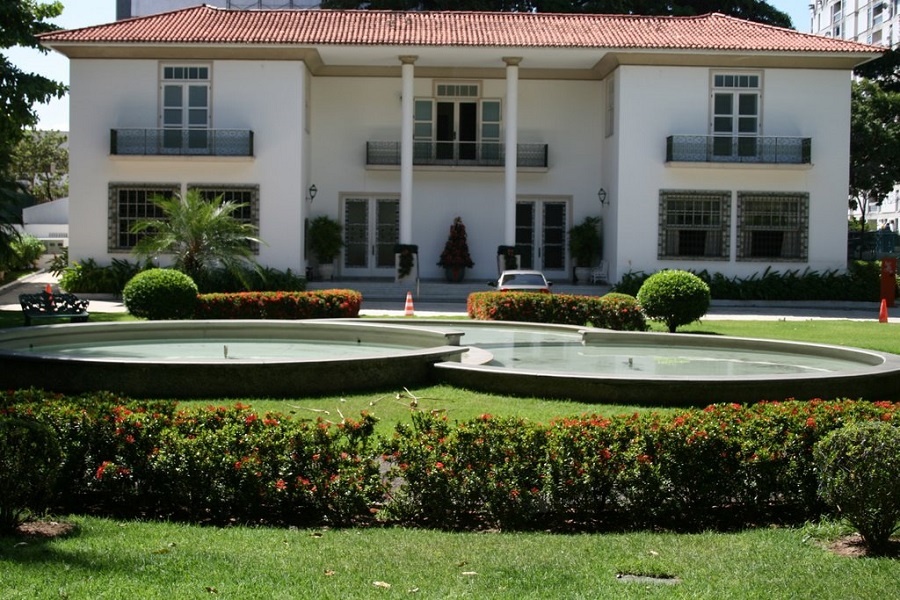
Museu Carlos Costa Pinto em Salvador BA01:32
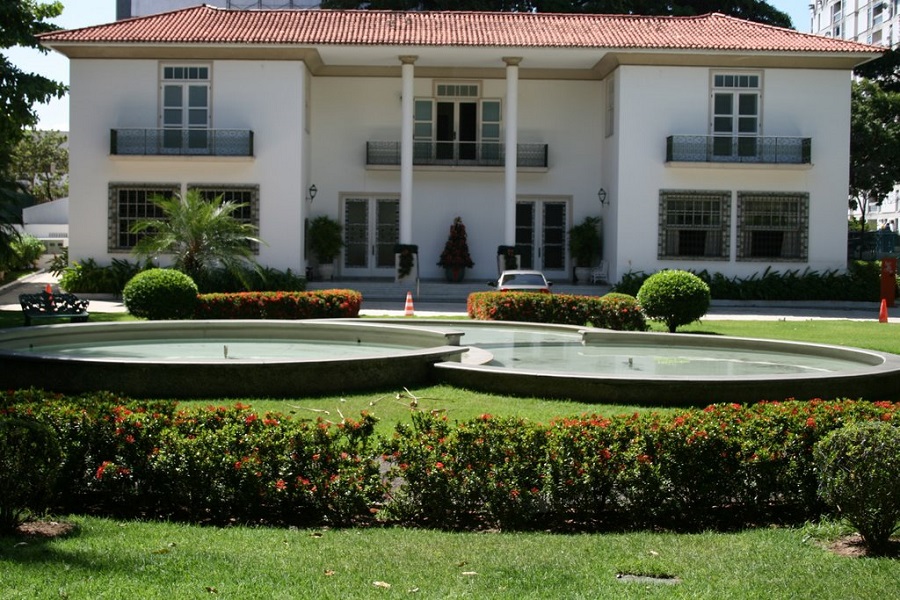
Museu Carlos Costa Pinto26:02
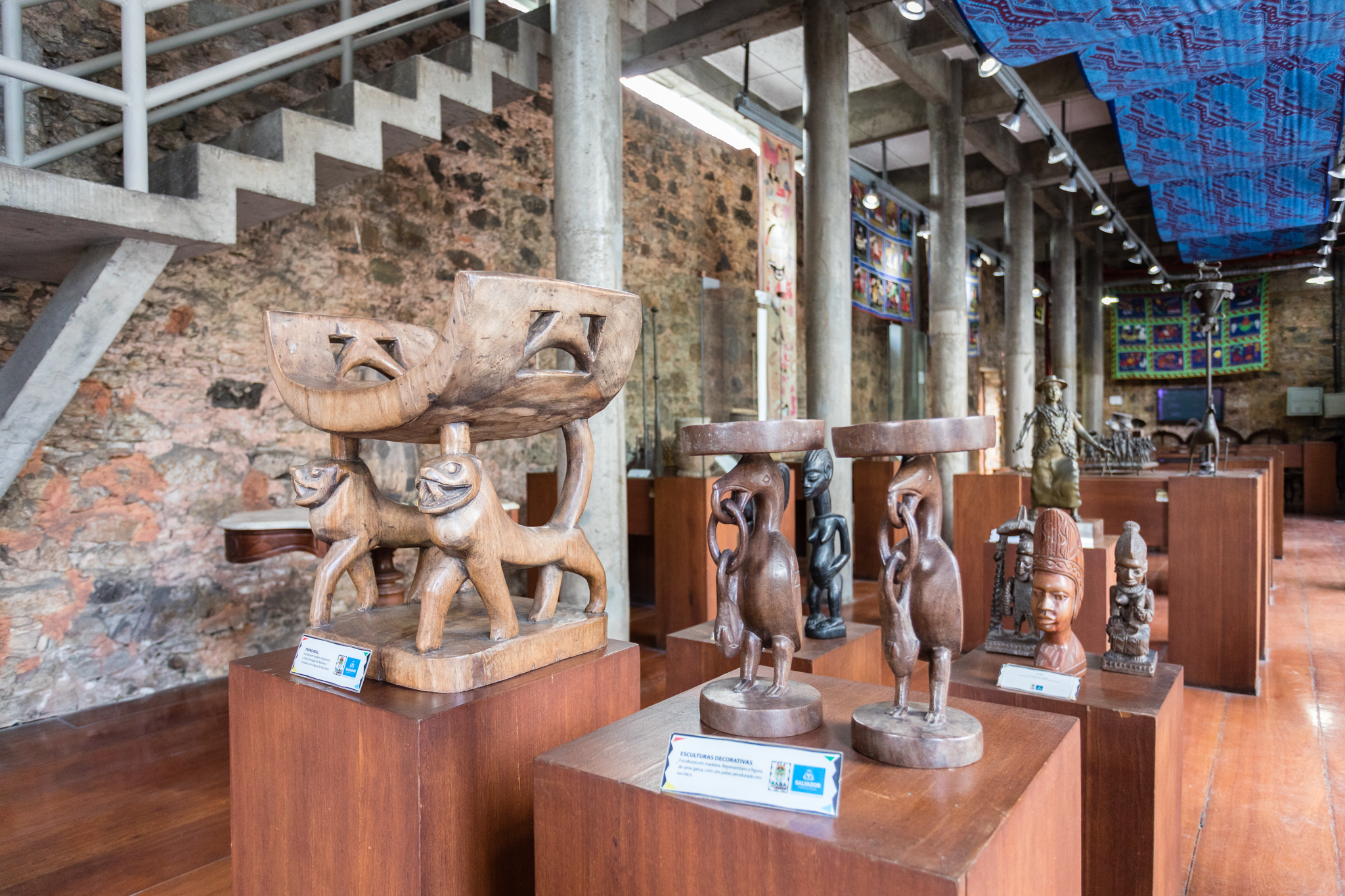
Museu da Casa do Benin25:49
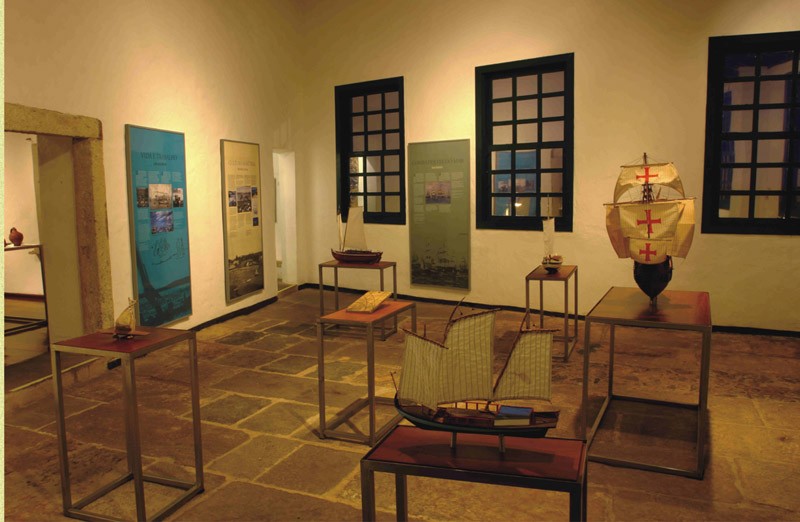
Museu Nautico em Salvador da Bahia
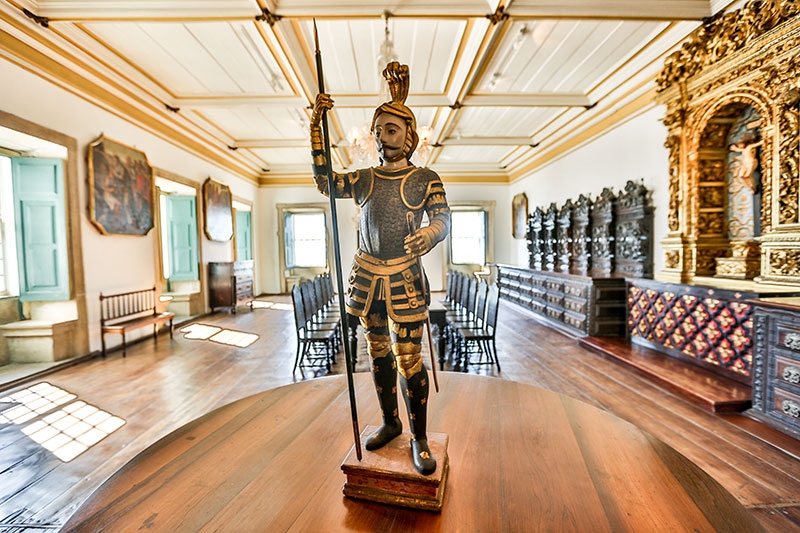
Museu da Misericórdia em Salvador BA
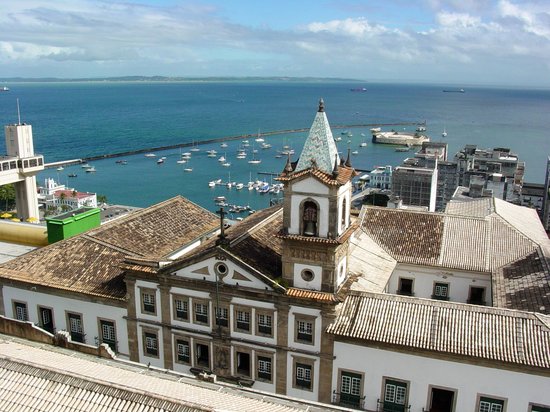
Segredos do Museu da Santa Casa de Misericórdia
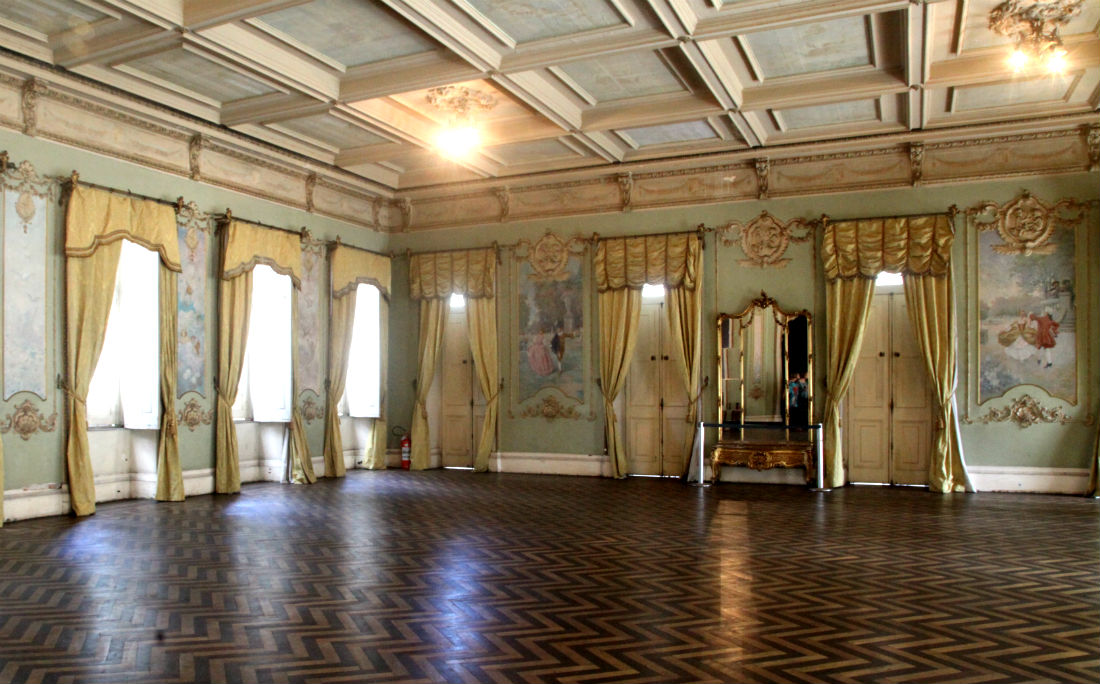
Museu do Palácio da Aclamação em Salvador BA
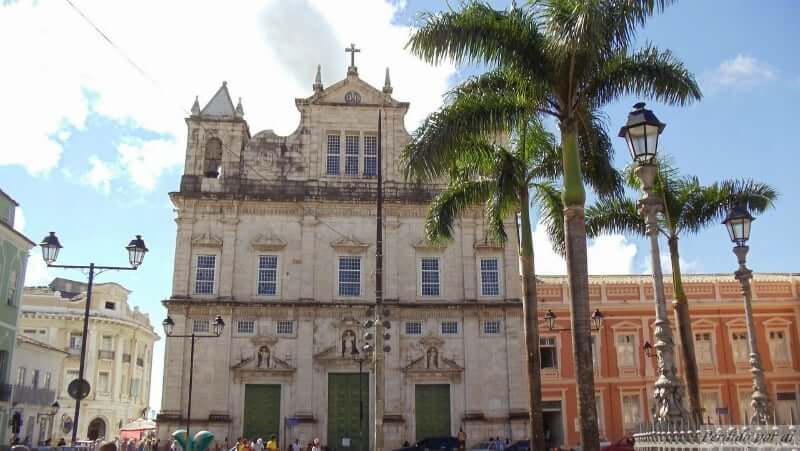
Catedral Basílica de Salvador BA01:47
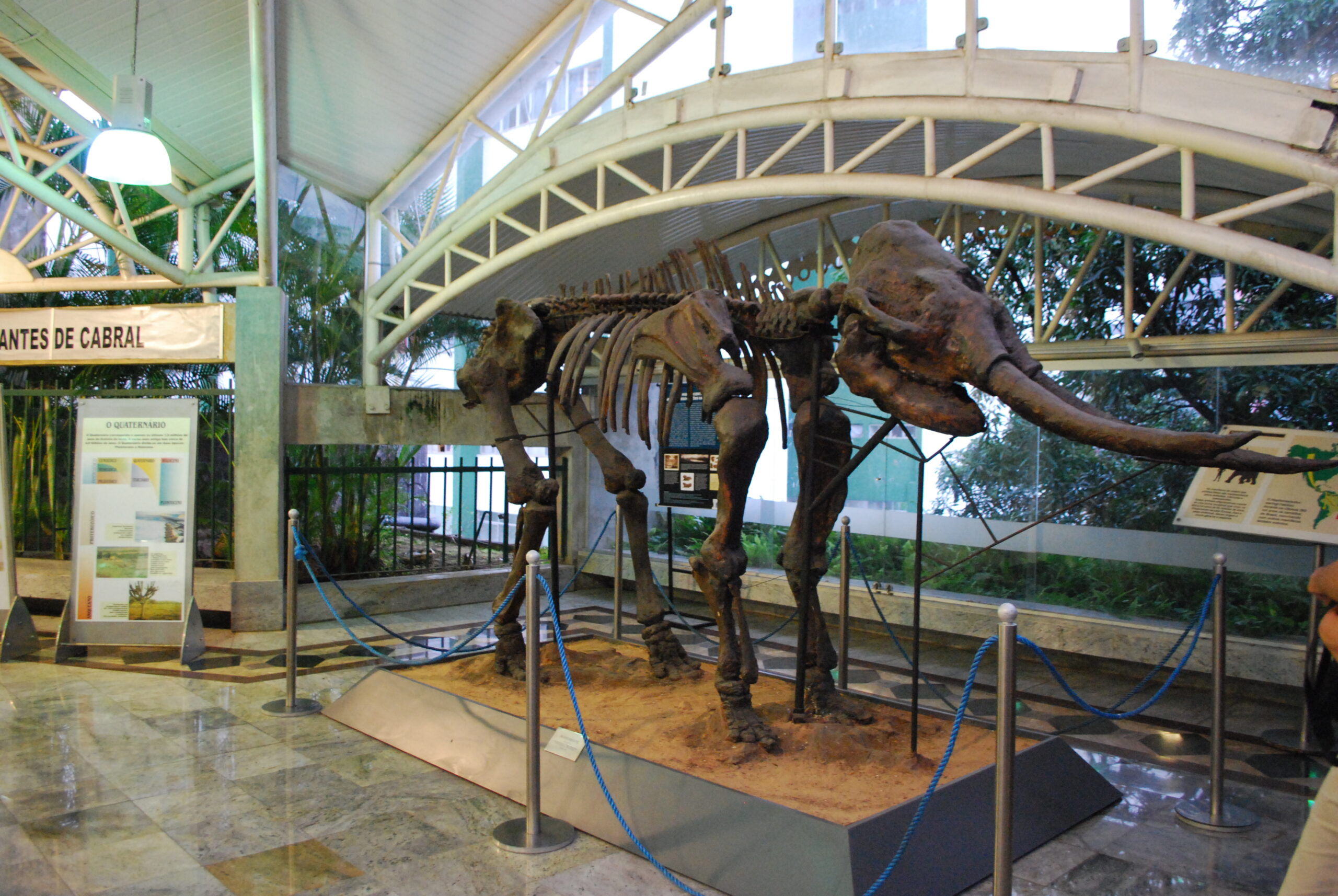
Museu Geológico da Bahia25:49
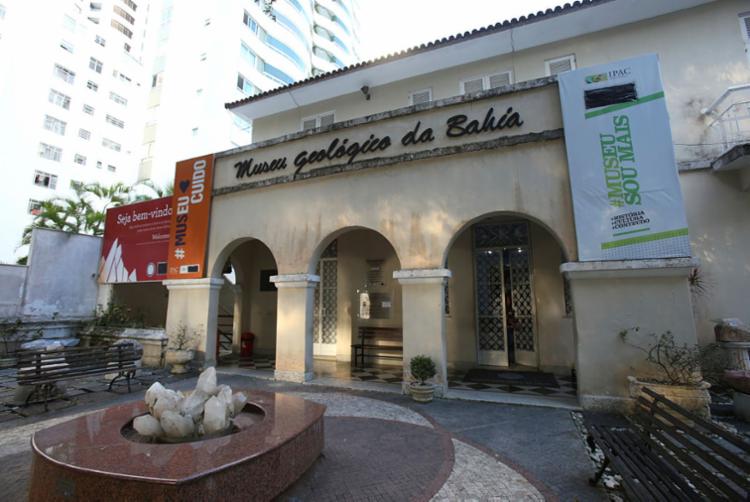
Museu Geológico da Bahia01:47
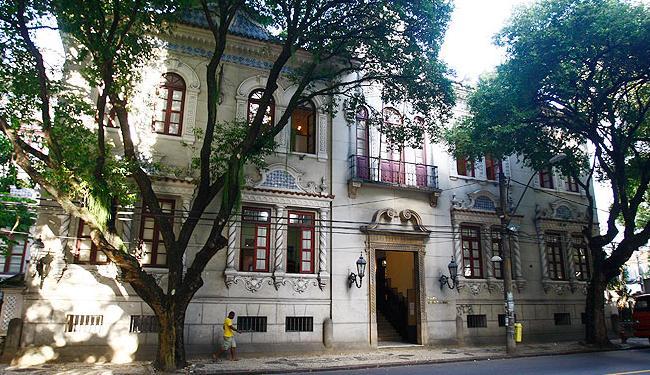
Museu de Arte da Bahia26:01
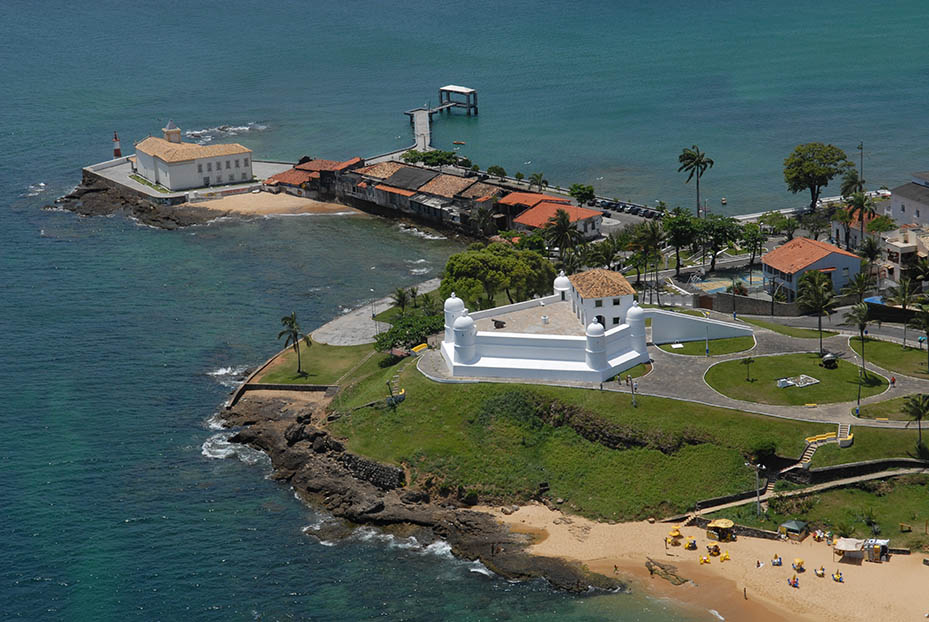
Forte de Nossa Senhora de Monte Serrat
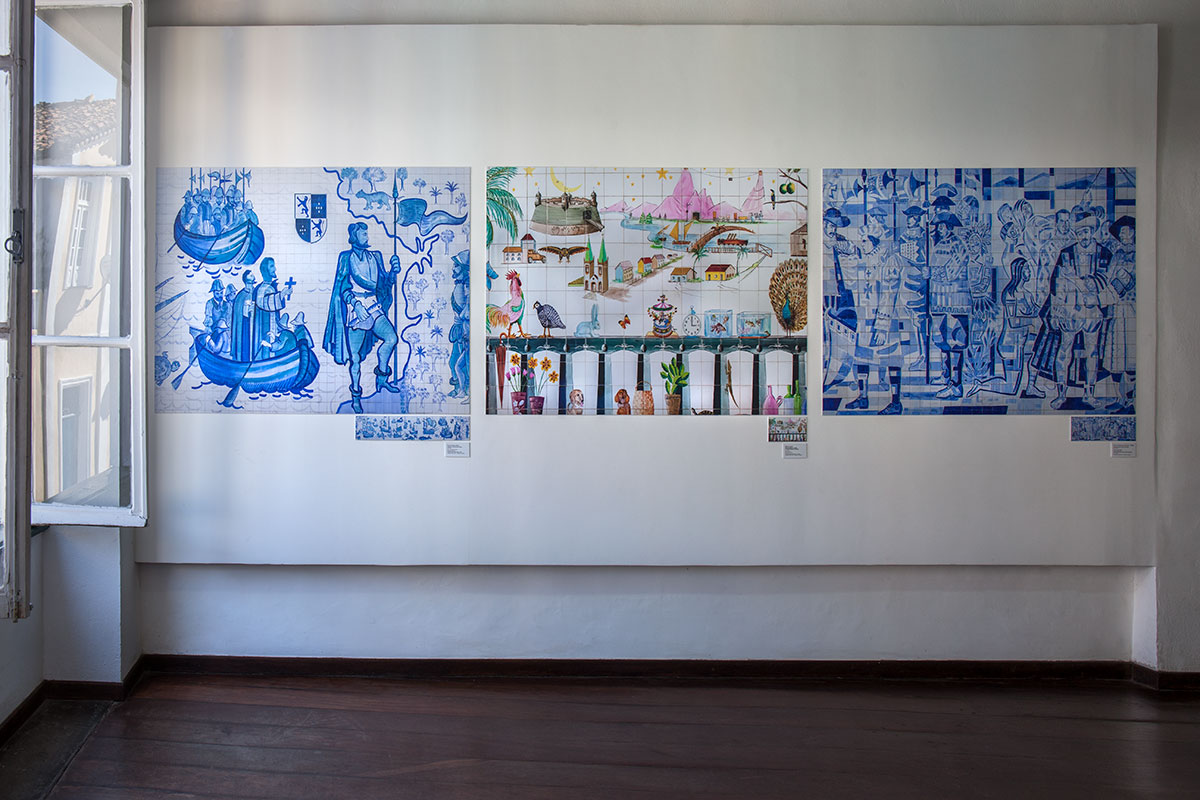
Museu Udo Knoff de Azulejaria e Cerâmica06:40
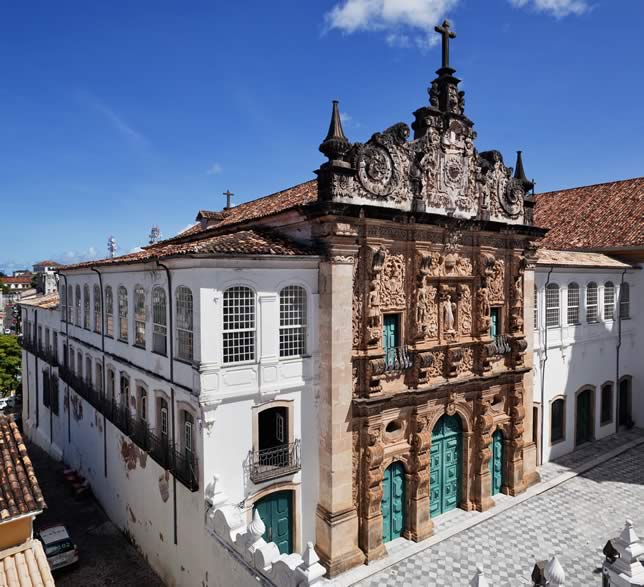
Museu da Ordem Terceira de São Francisco em Salvador09:56
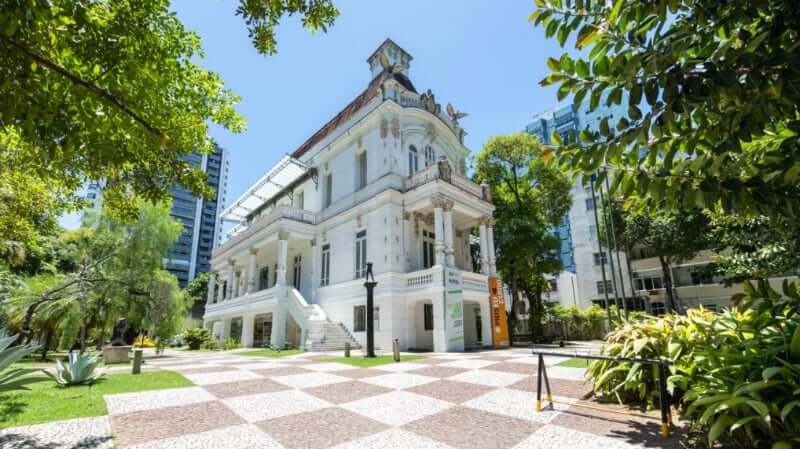
Palacete das Artes em Salvador
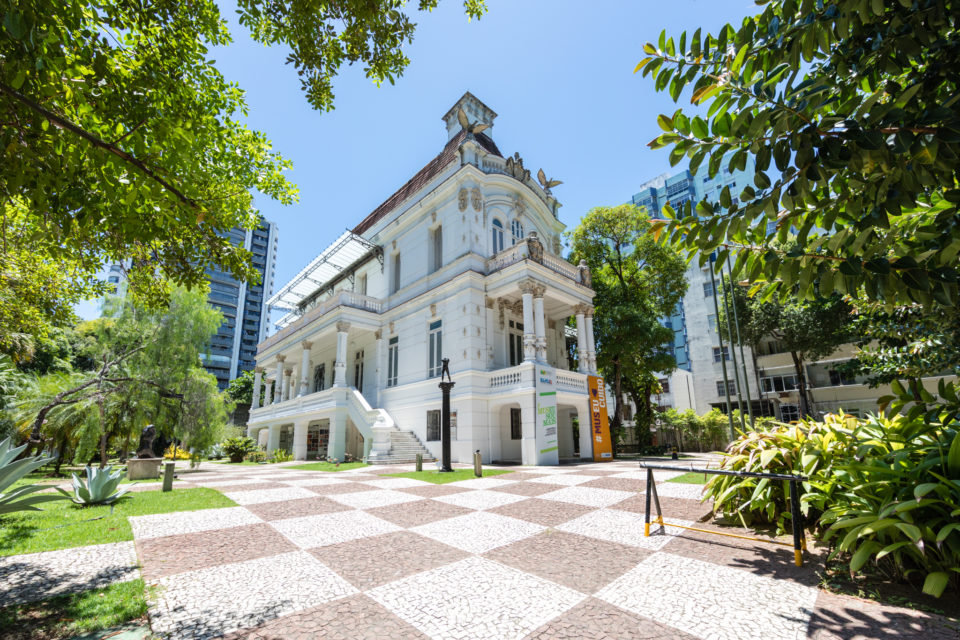
PALACETE DAS ARTES - um pouco de historia 12:57
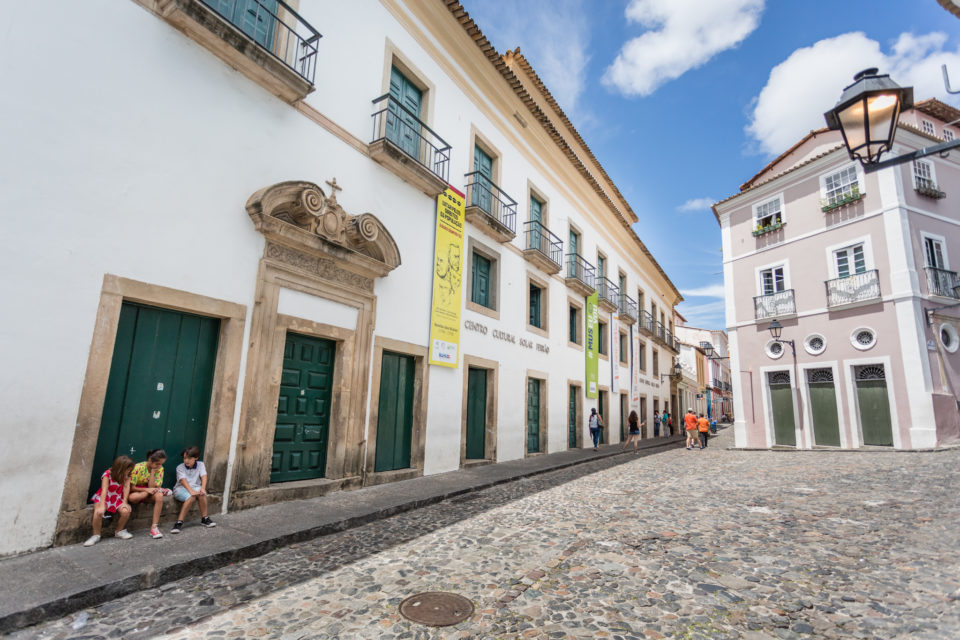
Solar Ferrão em Salvador BA01:14
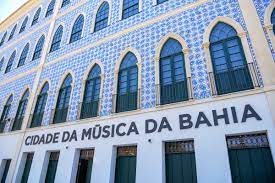
Cidade da Música da Bahia
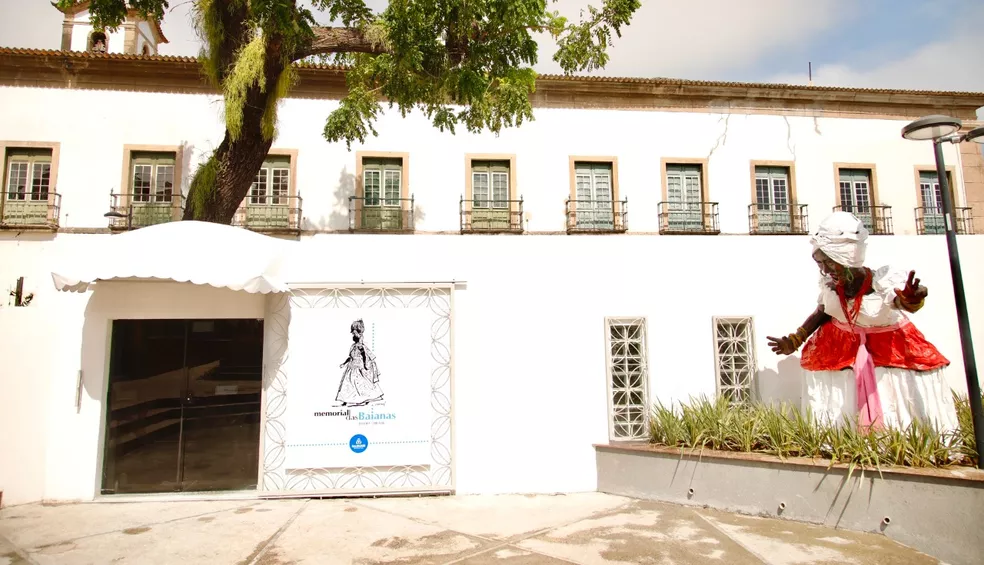
Memorial das Baianas de Acarajé25:49
See also Tourist attractions for families with children in Salvador and Palaces in Salvador to visit and enjoy history
Get to know in detail the 39 Museums of Salvador
- Geographical and Historical Institute of Bahia
- Memorial of the Chamber of Salvador
- Memorial of the Governors
- Memorial Irmã Dulce
- Afro Brazilian Museum Terreiro de Jesus
- Museum of Modern Art of Bahia
- Museum of Sacred Art
- Carlos Costa Pinto Museum
- Museum of the House of Benin
- City Museum
- Museum of Science and Technology
- Museum of the Monastery of São Bento
- Nautical Museum
- Museum of Santa Casa de Misericórdia or Misericórdia Museum
- Abelardo Rodrigues Museum
- Museum of the Palace of Acclamation
- Basilica Cathedral Museum
- Henriqueta Catharino Museum of Ancient and Popular Art
- Museum Ilê Ohun Lailai (Ilê Axé Opô Afonjá)
- Eugênio Teixeira de Leal Museum or Banco Econômico Memorial
- Geological Museum of Bahia
- São Bento Museum
- Temporal Museum
- Portas do Carmo Museum
- Museum of Art of Bahia
- Museum of the Armory of the Fort of Monte Serrat
- Estacio de Lima Anthropological Museum
- Museum of the Santa Casa de Misericórdia
- Udo Knoff Tile and Ceramic Museum
- Museum of the Former Vows of Senhor do Bonfim
- Museum of the Third Order of St. Francis
- Museum of the Nativity Scene
- Museum of Archaeology and Ethnology of Ufba
- Erotic Museum
- Palacete das Artes
- Public Walk
- Solar do Ferrão
- City of Music of Bahia
- Memorial of the Baianas de Acarajé
1. Geographical and Historical Institute of Bahia
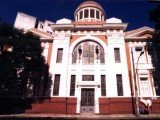
Avenida Sete de Setembro, 94A, Piedade
www.ighb.org.br
The space houses some gems of Bahian history.
Founded on May 13, 1894, the oldest cultural entity in the state is also known as the “House of Bahia”. It is one of the 15 institutions supported by the Continued Actions for Cultural Institutions program, an initiative of the Bahia State Culture Secretariat (SecultBA) through the Bahia Culture Fund (FCBA).
The Institute has the largest collection of newspapers, dating from the 19th century to the present day, as well as the largest cartographic collection in the State, which allows society to know the origin of the current 417 municipalities in Bahia.
At the Ruy Barbosa Library, about 30,000 titles, including rare works, are available to researchers and other interested parties. The titles are available in online registration through the website www.ighb.org.br.
The same happens in the Theodoro Sampaio Archive, which gathers and preserves private collections, such as Theodoro Fernandes Sampaio, Brás do Amaral and Hildegardes Viana and gems, such as the manuscripts of poetry by Antônio de Castro Alves and letters by Antônio Conselheiro.
When touring the institution’s facilities, it is possible to check out in its Museum an important collection of portraits, as well as bronze sculptures, period furniture and religious pieces of African culture in Bahia.
The IGHB is the guardian of the 2 de Julho Pavilion, in Largo da Lapinha, where the two main symbols of the largest civic festival in the country are located: the Caboclo and the Cabocla; icons of popular participation in the struggles for Bahian independence.
2. Memorial of the Chamber of Salvador
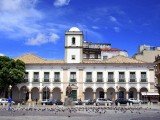
Tome de Souza Square, Center
www.cms.ba.gov.br/memorial
A building of remarkable architectural merit developed around a small courtyard.
The main façade is formed by arcades resting on Tuscan columns surmounted by pulpit windows and a small vertical tower topped with half-oranges. An oval tombstone stands above the doorway.
This building with its tower served as a model for other town halls such as those of Santo Amaro and Maragogipe (18th century).
Chronology – Historical Context
- 1550 – A mud house, covered with straw, was built by Luis Dias.
- 1660 – It is rebuilt by Governor Francisco Barreto de Menezes, with the current appearance without the tower.
- 1698 – It is reformed by the governor D. João de Lencastro, who ordered the construction of the tower, audience house, rooms of secrets and enxovias (underground jails).
- 1733 – In the courtroom, the carpenter José de Miranda Ribeiro made a new lining.
- 1734 – There is a record of the payment to the painter Antônio Simões Ribeiro. This master painted the arms of the City of Salvador (a pigeon in flight, with an olive branch in its beak), in the middle of the lining of the councilors’ room on the cars with blue and red strokes on a white background.
- 1795 – Governor D. Fernando José de Portugal made public jail, internal infirmary and closed room.
- 1887 – Under the neoclassical fashion, the Palace is reformed, the main facade being covered with Renaissance decoration with windows finished by alternating rectilinear and curvilinear pediments. The old tower covered with half-oranges is replaced by a turret and the bell by a clock.
- 1894 – During the administration of President Freire Filho, the marble installation of the vestibule was completed, handrails were placed on the staircase leading to the assembly hall and steps were laid, also in white marble, on the descent to the inner courtyard, which was transformed into a flowery garden of alleys paved with pebbles rolled in cement mortar.
- 1970 – The building was completed.
- 1970 – Conclusion of the external restoration, by determination of the then mayor Antonio Carlos Magalhães, thus returning to its original colonial style. At that time, the city hall also functioned in the Paço.
- 1997 – The plenary of the Chamber is restored, under the presidency of Councilman Gilberto José.
- 2001 – Inauguration of the Memorial.
- 2006 – Restoration and rescue of the paintings of the Noble Hall of the presidency, in the administration of Councilor Valdenor Cardoso.
It gathers documents, furniture and paintings that help to tell the history and importance of the Municipal Chamber of Salvador.
Public and non-profit museum of responsibility of this Legislative House, it is dedicated to the preservation and dissemination of the historical and cultural memory of the institution, as well as of the city of Salvador, through its documentary, iconographic and furniture collection.
On December 29, 2010, the Memorial was reinaugurated with a revitalization work of its space whose project and works made to highlight:
- Visualization of the building’s basement, where the “enxovias” (underground prisons) used to operate;
- Archaeological materials found during excavations;
- Original paintings on the support columns, from the early 20th century, in Escariole technique;
- Architectural beauty of the woodwork supporting the floor;
- Revitalization of the existing collection within a modern layout.
The initial nucleus of the Memorial was the Pinacoteca do Paço Municipal, composed mostly of portraits of historical personalities of Salvador, painted by renowned artists such as: Lopes Rodrigues, Presciliano Silva, Alberto Valença, Victor Meireles, Henrique Passos, Carlos Bastos and Floriano Teixeira.
In addition to the portraits, the collection also includes some examples of 19th century furniture, a silver urn brought from Portugal, medals and decorations, archaeological finds, photographs and replicas of indigenous ceramics donated by the Association of Ceramists of Bahia.
The Memorial of the Salvador City Council is a space aimed at different audiences. Its mission is to contribute to bringing the population closer to the historical heritage and cultural memory of the city, through actions that highlight the importance of Salvador and its municipal power in the context of the history of Brazil.
3. Memorial of the Governors
www.fpc.ba.gov.br
Created in 1986 in the Rio Branco Palace, it is a tribute to the governors of Bahia, with numerous records on the political history of the state, as well as objects, documents and paintings.
The composition of the collection of the Memorial of the Republican Governors of Bahia is eclectic with approximately 2,000 artifacts / documents. In the collection are personal objects, newspapers, books, uniforms, titles, medals and honors.
The collection is classified into representative sub-collections, based on the functionality/specificity of the pieces: personal objects; insignia; communication; interiors; monetary objects; visual arts.
Currently, the long-term exhibition is divided into two periods: Old Republic and New Republic, in 17 showcases displaying various pieces, objects, artifacts and documents.
The Memorial of the Republican Governors of Bahia houses collections constituted from the donation of objects and documents of private, daily, professional and governmental life that belonged to the Governors of the State of Bahia.
In these goods are present the thoughts, acts, desires, interests, which express the complexity through which history materializes.
The Memorial Collection includes a pinacoteca composed of 47 hand-painted portraits of Republican governors.
The collection of the Memorial of the Republican Governors of Bahia enables the preservation of our memory and allows visitors, researchers and the curious to get to know the backstage of the political, economic, social and cultural daily life of periods that contributed to the formation and reflection of today’s society, from a very specific perspective: from the governors’ office.
Open from Monday to Friday, from 8am to 12pm and from 2pm to 6pm.
4. Sister Dulce Memorial
Avenida Bonfim, 161, Roma
www.irmadulce.org.br
Inaugurated in 1993, one year after the death of the nun, the address preserves intact the room where she lived. Among the objects on display, Sister Dulce’s habits, photographs and the chair where she slept for 30 years because of a promise.
It can be visited from Tuesday to Sunday, between 10am and 5pm.
5. Afro Brazilian Museum Terreiro de Jesus
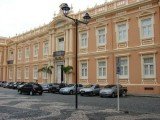
Building of the former Faculty of Medicine
Artistic pieces and objects related to African culture and history. Inaugurated in 1982 and restructured in 1997, it exhibits in several rooms, pieces of furniture, paintings and everyday utensils.
The Afro-Brazilian Museum has sculptures, masks, fabrics, ceramics, ornaments and musical instruments.
These and other objects coming directly from African countries and linked to the daily life of their people are part of the collection.
The museum also houses objects of Brazilian origin related to Afro-Brazilian religion.
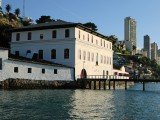
Highlights include the 27 panels of orixás in cedar wood by the artist Carybé, one of the most important collections of contemporary Brazilian art.
Collection: Pieces of African and Afro-Brazilian culture.
Visits from Monday to Friday, from 9am to 6pm; Saturdays and Sundays, from 10am to 5pm.
6. Museum of Modern Art of Bahia
Avenida Contorno, s/n
www.mam.ba.gov.br
Founded in 1960, it was installed in Solar do Unhão in 1966.
Installed in Solar da Unhão, the space hosts exhibitions of renowned works by national artists: paintings, engravings, photographs, drawings and sculptures by names such as Tarsila do Amaral, Portinari, Flávio de Carvalho, Di Cavalcanti, Rubem Valentim, Pancetti, Carybé, Mário Cravo, Sante Scaldaferri and others.
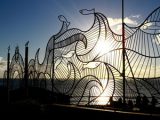
It also hosts workshops, courses and events that value modern Brazilian art.
It is open from Tuesday to Sunday, from 13h to 19h.
7. Museum of Sacred Art
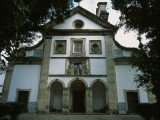
Rua do Sodre, 276, Centro
www.mas.ufba.br
Created by the Federal University of Bahia and installed in the Convent of Santa Teresa de Avila, where it has been operating since 1959, the Museum of Sacred Art preserves valuable images of saints in wood, clay, stone and ivory, as well as several other artistic representations, such as paintings, tiles and sculptures with sacred themes.
Collection: Baroque objects in wood, soapstone, clay and ivory; goldsmiths, tile paintings from the 17th, 18th and 19th centuries, and collections of Bahian artists.
Visits from Monday to Friday, from 11:30 a.m. to 5:30 p.m.
See History of the Convent and Church of Santa Teresa or Museum of Sacred Art UFBa in Salvador BA.
8. Carlos Costa Pinto Museum
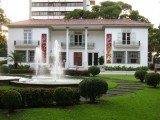
Avenida Sete de Setembro, 2.490
www.museucostapinto.com.br
Housed in the former residence of Carlos Costa Pinto, the museum recounts the history of art in the colonial period with a collection that belonged to great families of the sugar aristocracy.
Carlos Costa Pinto Museum was created in 1969. It develops cultural programming, with lectures, seminars, exhibitions and art workshops. It has a library and souvenir shop.
Collection: 3172 pieces from the 17th, 18th and 19th centuries including silverware, jewelry, furniture, crystals, porcelain, plastic art and small decorative objects.
Location: Av. Sete de Setembro, 2.490, Corredor da Vitória
Opening hours: Monday, Wednesday and Friday from 14:30 to 19:00, Saturday and Sunday from 15:00 to 18:00. Closed on Tuesdays and national and state holidays.
9. Casa do Benin Museum
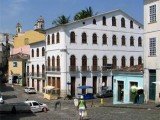
Rua Padre Agostinho, 17
Inaugurated in 1988, the Casa do Benin resulted from the exchange between Bahia and the African country Benin, through the city of Cotonou.
After a renovation carried out by architect Lina Bo Bardi – who maintained the external lines of the secular house, but modernized the spaces – the house houses a rich collection of objects and works of art from the Gulf of Benin region, where most of the blacks who populated the Recôncavo Baiano came from.
Most of the collection was collected by the French anthropologist and photographer Pierre Verger in his travels through the African continent. The space also hosts temporary exhibitions and artistic workshops.
It is open from Monday to Friday, from 12pm to 6pm.
10. City Museum
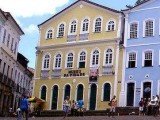
The City Museum is a historical museum located in Largo do Pelourinho in Salvador in the state of Bahia.
The Museum tells the story of the city and contains a huge variety of the ancient and the modern, the sacred and the profane.
Exhibits include costumes of Candomblé orixás, the personal belongings of poet Castro Alves (author of O Navio Negreiro and one of the first public figures to protest against slavery) and traditional cloth dolls enacting the daily life of colonial life, as well as paintings and sculptures.
Collection: Orixás, rag dolls, photos, rosaries, sacred images, Bahian costumes, tapestries, ceramics, pieces of personal use of the poet Castro Alves and pinacoteca.
Visits from Monday to Friday, from 12h to 18h;
11. Museum of Science and Technology
Jorge Amado Avenue, s/n
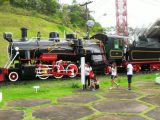
Exhibition of experiments and machines, many of them used in everyday life but never seen how they work inside. A must-see program for families with children.
Open Monday through Friday from 8:30 to 11:30 and 14:30 to 17:30.
12. São Bento Monastery Museum
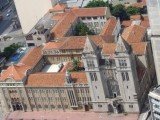
www.saobento.org
In more than 400 years of history, the Mosteiro de São Bento collects important records of sacred art in Brazil. The collection includes rare pieces from the 16th to the 20th centuries, including images, paintings and religious objects.
Visits from Monday to Friday, between 9am and 11:30am and from 1pm to 4:30pm;
13. Nautical Museum
Largo do Farol da Barra, s/n, Porte Santo Antonio da Barra, Barra
The Nautical Museum of Bahia, installed in the Forte de Santo Antônio da Barra, the famous Barra Lighthouse, the oldest military building in Brazil, dating from 1534 (even before the construction of Salvador), allows direct contact with the Luso-Brazilian maritime history, through a valuable collection of underwater archaeological finds, navigation and nautical signaling instruments, various types of ships, caravels, galleons and boats and plenty of information and curiosities about the history of the discovery of Brazil and the role of Salvador in this.
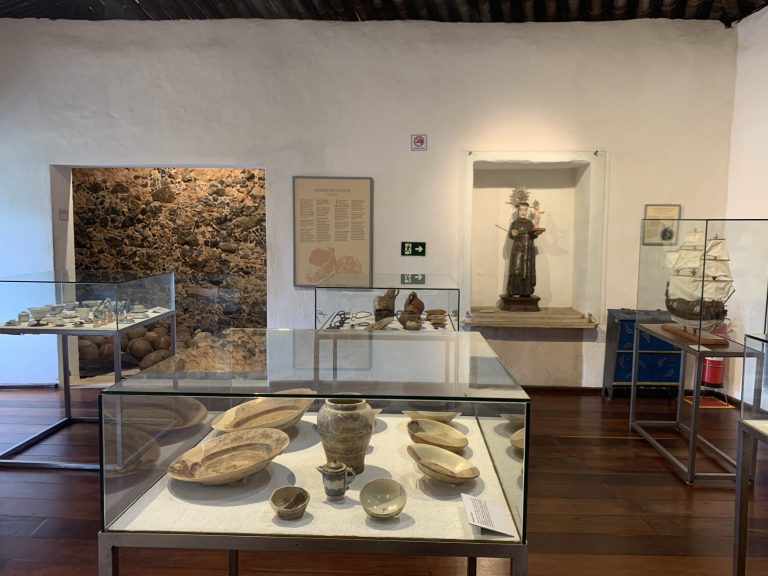
Everything in the Bahia Nautical Museum is very interesting, well cared for, catalogued and organized, in short, an excellent museum and one of the most important in Salvador and Brazil! Pure history! Unmissable visit for all ages.
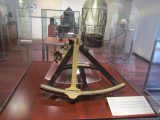
There is a good part of the documentation related to the shipwrecks that occurred on the coast of Salvador in historical times.
Collection: Maps, navigation equipment, models of old ships and caravels and findings from the Galeão Sacramento, shipwrecked in the Bay of All Saints.
Objects found on a warship sunk in Rio Vermelho in 1668 are on display alongside miniatures of important vessels from Brazil’s history, as well as old maps and navigational instruments.
Open Monday through Friday, from 8:30 to 11:30 am and from 2:30 to 5:30 pm. Tickets at R$6 and R$3 (students); free for children under 9.
14. Santa Casa de Misericórdia Museum or Museu da Misericórdia
Tiles, silverware, furniture, paintings and documents are part of the collection, constituted throughout the 450 years of history of the Santa Casa de Salvador, totaling more than 1,800 pieces.
Those who pass in front of the imposing 17th century palace, located between the Municipal Square and the Square of the Fallen Cross, may not imagine that those walls hold an expressive part of the history of Bahia and Brazil.
In each of the corridors and halls of the Museu da Misericórdia, full of panels, canvases, implements, imaginary and furniture, there is something that recounts health, political and social events in the city of Salvador.
Sandra Coelho from Santa Catarina reveals the pleasant surprise she had when she decided to visit the museum at the last minute. “I didn’t intend to visit it, but it was very worthwhile. Exceptional!”, she says.
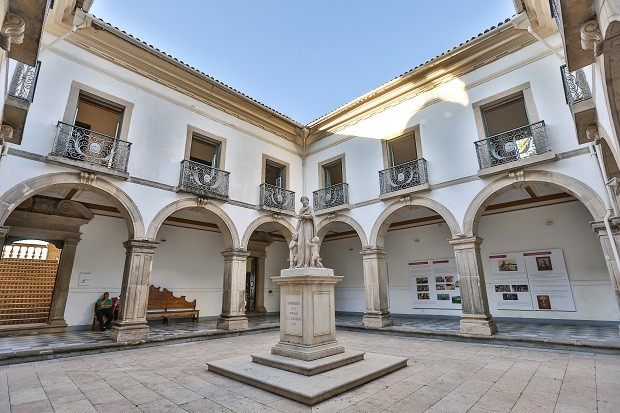
A cultural space of the Santa Casa da Bahia, the Misericórdia Museum was founded in 2006. The site once housed the Hospital da Caridade, the first health unit in the state, whose history begins in the same year that the capital of Bahia was born, in 1549.
The trajectory of the hospital and the subsequent social assistance and education activities implemented on site by Santa Casa over the centuries are recorded in the Misericórdia Museum.
The collection, composed of more than 3,000 catalogued pieces, contextualize a historical narrative of almost 500 years.
Highlights include the 1712 tiles that reproduce the Procession of the Fogaréu, which the Brotherhood of the Santa Casa da Bahia held on the night of Holy Thursday, as well as the Pharmacy, a cabinet from 1867, exclusively built to store bottles with pharmaceutical substances from the Hospital da Caridade.
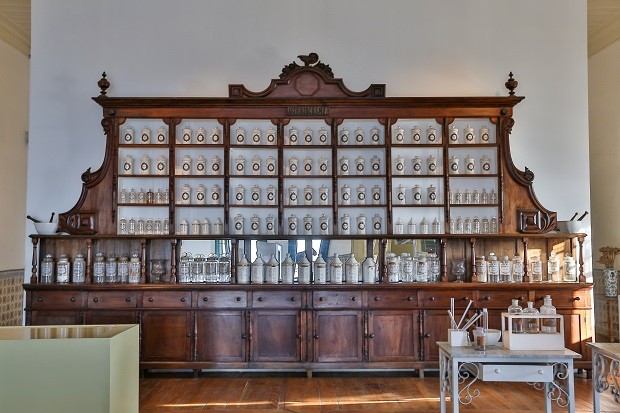
The Misericórdia Museum also has the first gasoline-powered car in Bahia and the oldest on display in Brazil.
“The pieces reflect a way of thinking, habits and customs of a Brazil and a Bahia of yesteryear, which allows us to carry out socio-cultural and educational actions aimed at different audiences. Everything in this museum speaks, everything in this museum tells a story.
Everything here reflects a little of who we are and strengthens our cultural identity”, says Osvaldina Cezar, museologist at the Misericórdia Museum.

A field of many academic researches, the cultural space also has a room with paintings by the baroque painter José Joaquim da Rocha that portray the Passion of Christ and the Loggia, an architectural space of European characteristics with a rich work of embrechado in four types of marble, which gave the Museum of Mercy the tombamento of the Institute of National Historical and Artistic Heritage (IPHAN) in 1938.
A replica of the first Wheel of the Exposed in Brazil, set up by the Santa Casa da Bahia in 1734, also makes up the secular collection.
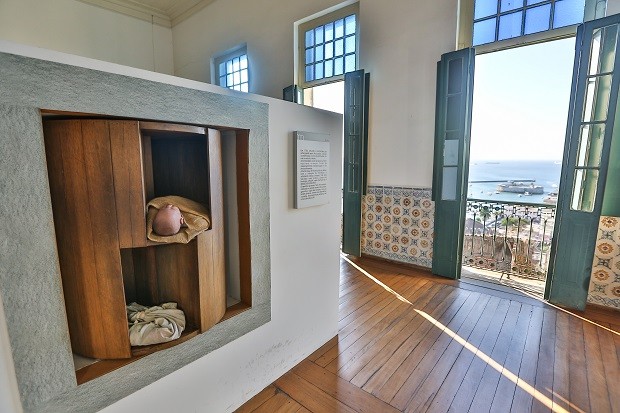
Some works are also related to historical personalities such as the chair made exclusively for the visit of D. Pedro II, in 1859, and the desk of Ruy Barbosa, who was an employee of Santa Casa da Bahia.
Bahians and tourists heap praise on tourism websites for the state of conservation of the space, the beauty of the pieces and the quality of the guided tour, which earns the Misericórdia Museum annual certifications.
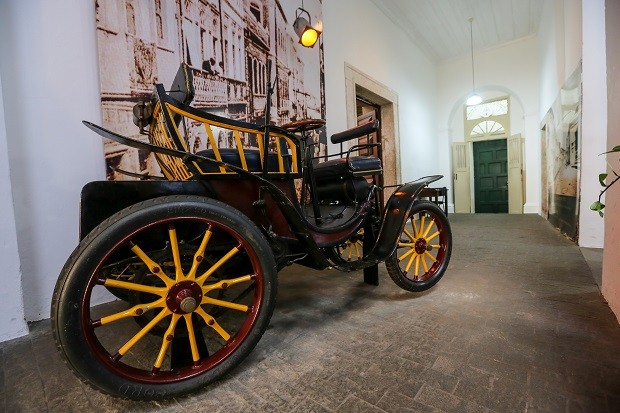
“The tour is very interesting and rich in details about the history of Salvador and our country. It is very worthwhile to take the time to get to know it”, says Cláudia Vasconcellos, from Rio de Janeiro.
Salvador resident Wania Costa intends to return to the Museum and highlights the artistic and historical value of the space. “Within these walls, there are works from floor to ceiling. Each room visited has its own soul. In addition, the monitors are very kind and competent. The price of the ticket does not pay for so much beauty, “he says.
15. Abelardo Rodrigues Museum
The Abelardo Rodrigues Museum is a world reference in Portuguese Baroque art, housing a rich collection of sacred, erudite and popular art from Brazil from the 17th to the 19th century that belonged to the Pernambuco collector Abelardo Rodrigues.
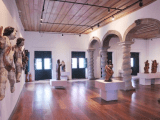
The works are exhibited on the noble floor of Solar Ferrão, a valuable building from the colonial period. The collection includes 800 images of saints, as well as paintings, oratories, altars, crucifixes and fragments of carvings.
Location: Rua Gregório de Matos, 45, Pelourinho
Opening hours: Tuesday to Friday from 9:00 am to 6:00 pm and Saturday and Sunday from 10:00 am to 6:00 pm.
16. Museum of the Palace of Acclamation
Museum of the Palace of Acclamation is a former official residence of the governors, the building is an example of the beautiful architecture of the late nineteenth century.
It features framed panels, garlands, bows and medallions painted by Presciliano Silva, as well as furniture in the styles of José and Louis XV, porcelain, crystal, bronzes, Persian and French carpets.
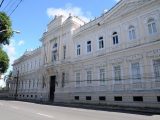
Collection: Furniture, paintings, bedspreads, decorative objects, domes and chandeliers.
Location: Av. Sete de Setembro, 1.330, Passeio Público, Campo Grande
17. Museum of the Basilica Cathedral
Museum of the Basilica Cathedral has in its interior died, in 1697, Father Antonio Vieira, known for his sermons. The current construction is the fourth since the seventeenth century, on the same site of the old Church of the College of the Jesuits.
The architectural changes generated a mixture of styles in the two towers, predominantly Baroque and Neoclassical. The diversity also lies in the type of material used inside: marble, gold, tortoiseshell ivory and rosewood.
The building also houses a museum, where the image of Our Lady of Luke and a collection of gold and silver pieces stand out.
Location: Praça 15 de Novembro, s/nº, Terreiro de Jesus, Historic Center
Opening hours: Monday to Saturday from 8:00 am to 11:30 am and from 1:30 pm to 5:30 pm.
18. Museum of Ancient and Popular Art Henriqueta Catharino
Museum of Ancient and Popular Art Henriqueta Catharino was founded in 1938, has in its collection has pieces of furniture, sacred art, engraving, dressing room, Portuguese and Northeastern crafts.
Collection: Rosewood furniture, garments, among these, the tail and skirt worn by Princess Isabel when she signed the Golden Law; the solidéo of Pope Pius X and sacred images.
Location: Rua Monsenhor Floriano, 2, Instituto Feminino da Bahia, Politeama
Opening hours: Tuesday to Saturday from 14:00 to 18:00.
19. Ilê Ohun Lailai Museum (Ilê Axé Opô Afonjá)
Ilê Ohun Lailai Museum is considered a national heritage site by IPHAN, the National Historical and Artistic Heritage Institute, the Ilê Axé Opô Afonjá terreiro is one of the oldest candomblé houses in Bahia.
The collection of the exhibition consists of more than 750 works, which are part of the history of the centenary of the terreiro;
Location: Rua Direita do Gonçalo, 557, São Gonçalo do Retiro
20. Eugênio Teixeira de Leal Museum or Banco Econômico Memorial
Eugênio Teixeira de Leal Museum shows the history of money and houses a library on the social, economic, political and cultural history of Bahia.
Collection: About 5,000 pieces, including coins, medals and national and foreign decorations, furniture, paintings, plaques and trophies, documents, photographs, cassette tapes and videos.
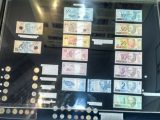
Location: Rua J. Castro Rabello, 1, Pelourinho
Opening hours: Monday to Friday from 9:00 a.m. to 12:00 p.m. and 1:00 p.m. to 5:00 p.m.
21. Geological Museum of Bahia
Museu Geológico da Bahia has a collection of quartz, Bahia’s main export mineral, which gives a special charm to the space, which has a collection of 2,500 samples of crystals, granites, mahogany, rocks, fossils, as well as rich documentation on mining.
An exclusive space tells the story of the oil industry in Brazil, with photos and panels. A highlight is the Bendegó meteorite, which fell on Bahian soil in 1784. In the same building as the museum, there is a library specializing in geology and an art cinema.
Collection: Rocks, fossils and precious stones.
Location: Av. Sete de Setembro, 2.195, Corredor da Vitória
Opening hours: Tuesday to Friday from 13:30h to 18:30h and Saturday and Sunday from 14:00h to 18:00h.
22. São Bento Museum
Museu São Bento is an oasis of silence and introspection in the old commercial center of Salvador.
The construction of the building dates back to 1581, with a project by Friar Macário de São João, but the works were only finalized in the 20th century.
It was the first monastery in America. The images of Our Lady of Anguish and the Dead Lord are striking.
Also noteworthy is the annexed museum, with a gigantic and rare library (with about 300,000 copies), paintings and sculptures, fine crafts from the 16th and 17th centuries and works by Frei Agostinho de Jesus, Teófilo de Jesus and José Joaquim da Rocha.
On Sunday mornings, the celebration is accompanied by Gregorian chants by the Benedictine monks of the monastery.
Collection: Sacred art pieces from the 17th, 18th and 19th centuries.
Location: Av. Sete de Setembro, 1, Largo de São Bento, Center
Opening hours: Monday to Friday from 9:00 to 11:30 am and from 1:00 to 4:30 pm.
23. Tempostal Museum
The museum tells the history of Salvador, other places in Bahia and Brazil, in photographs, postcards and stamps, which form a collection much sought after by researchers and scholars.
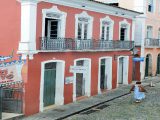
Most of the pieces belong to the collector Antônio Marcelino do Nascimento, dating from the late 19th and mid-20th centuries.
The collection is extensive, part of it is distributed throughout the walls and rooms of the museum, while another is available for consultation.
Highlights include urban prints from Salvador de la belle époque and cards adorned with stones and feathers.
Location: Rua Gregório de Matos, 33, Pelourinho
Opening hours: Tuesday to Friday from 9:00 am to 6:00 pm and Saturday and Sunday from 10:00 am to 6:00 pm. Except holidays.
24. Portas do Carmo Museum
The Museu das Portas do Carmo is actually part of a thick wall footing found in Largo do Pelourinho during restoration work in 1973, where the first buildings of Salvador were erected.
In addition to its own installation, the history of colonial Brazil is told through the collection with guns, cannons, flags and documentary evidence of the time.
Collection: Part of the wall that protected the city, cannons, weapons and flags.
Location: Praça José de Alencar, 13/19, Historic Center, Senac Restaurant Building.
25. Art Museum of Bahia
Bahia Art Museum is the oldest museum in the state. Founded in 1918.
The museum, created in 1918 in the building attached to the Public Archives, was transferred in 1982 to its current headquarters.
The collection consists of about 13,000 pieces acquired over time.
Highlights include the collections of paintings by Councilor Jonatas Abbott, from the 17th and 18th centuries, of Italian, French, Flemish, Dutch origin, which includes the Caravaggio School painting “David with the Head of Goliath”, and that of Francisco Marques de Goés Calmon, which brings together important sets of decorative arts, notably oriental porcelain.
The Bahian painters Presciliano Silva, Alberto Valença and Mendonça Filho are also represented at the MAB.
Collection: Paintings, furniture from the 18th and 19th centuries, glass objects, crystals, tapestries, Chinese porcelain, jewelry, canvases and sacred pieces.
Location: Av. 7 de Setembro, 2.340, Vitória.
Opening hours: Tuesday to Friday from 14:00 to 19:00 and Saturday and Sunday from 14:30 to 18:30. Except holidays.
See also Museu de Arte da Bahia is the oldest museum in Salvador
26. Armory Museum of the Fort of Monte Serrat
The Armory Museum is installed in the Forte de Monte Serrat, one of the best executed military works of the colonial period, its collection consists of a collection of Army weapons from the 16th century to the present day.
The Fort of Nossa Senhora de Monte Serrat belonged to the Army and today is seen by many as the most beautiful military construction of the Brazilian colonial period.
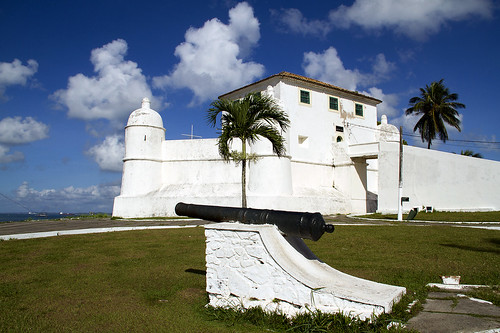
It began to be built in 1583, in a strategic position high up on the most advanced point of the peninsula and overlooking the city’s harbor.
Completed in 1742, it remains as a command house flanked by round bastion walls, boasting nine cannons.
Its history saw resistance to the Dutch and the death of the commander in 1624 by Brazilian soldiers during a visit by Governor Van Dorth to the fort.
Since 1993, it has housed the Armory Museum, with civilian and military armaments, light and medium, some used by the Army in the past.From there, the view of the entrance to the Bay of All Saints is privileged, seeing on one side Salvador and on the other, the Island of Itaparica.
The place is constantly visited not only because of its museum, but also because it is in a privileged location, where it is possible to see the entire Bay of All Saints and the Island of Itaparica.
Collection: Civilian and military armaments
Location: Largo da Boa Viagem s/n, Boa Viagem
27. Estácio de Lima Anthropological Museum
The Estácio de Lima Anthropological Museum is also known as the Nina Rodrigues Museum because it is located in the building of the Institute, which bears the same name.
The collection consists of pieces for anthropological studies on black culture – such as objects used in liturgical rituals – indigenous and Cangaço culture, specifically on the Lampião gang.
In addition to pieces from the technical police, criminalistics and forensic medicine.
Collection: Forensic medicine, indigenous pieces, cangaceirismo (weapons, personal objects of Lampião and Antônio Conselheiro), weapons of the PF and samples of toxics.
Location: Av. Centenário, Building of the Legal Medical Institute Nina Rodrigues, Vale dos Barris.
Opening hours: Monday to Friday from 8:30 am to 11:30 am and from 1:30 pm to 5:00 pm. Except holidays.
28. Museum of the Holy House of Mercy
Museum of the Santa Casa de Misericórdia and one of the newest museums in Bahia, it houses several works from the 17th to the 20th centuries, including paintings, sculptures, furniture, implements and imagery.
It operates in the space of the Santa Casa da Misericórdia, the oldest in the country, and rescues much of the urban evolution of the city of Salvador.
A novelty: in 2008, the museum inaugurated a new wing, whose focus is the relationship between the Santa Casa and Bahian society.
Collection: 18th-century Portuguese tile panels and 19th-century furniture.
Location: Rua da Misericórdia, 6, Sé
29. Udo Knoff Museum of Tiles and Ceramics
The Udo Knoff Museum of Tiles and Ceramics has a valuable collection of 1,200 pieces of tiles and ceramics signed by the German ceramist Udo Knoff and others collected by him.
The museum has two rooms. On the first floor, the exhibition “Azulejaria na Bahia” brings together materials related to the art of ceramics and tiles.
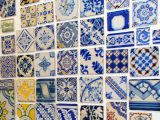
On the second floor is the exhibition “Art and Tiles”, which displays photographs of buildings covered with tiles made by Udo Knoff’s workshop. The museum is the result of the private collection of the ceramist Udo Knoff, born in Germany and based in Salvador.
The space has pieces by the ceramist, as well as tiles from the 17th to the 20th centuries of Portuguese, English, French, Dutch, Mexican and Belgian origin, glazed tiles, plates, vases and reproductions of old tiles, the museum’s collection was collected, in large part, from houses in the process of demolition in the state of Bahia.
The collection includes national tiles, collected from the facades of traditional Salvador, and foreign tiles from Portugal, France, Holland, England and Italy, from the 16th to the 20th centuries.
The collection also includes working tools, machinery and ceramic objects donated by friends, students and other collectors.
The museum also promotes monthly lectures and monitored visits in order to make visits more dynamic.
Location: Rua Frei Vicente, Pelourinho
See also History of the introduction of Portuguese tiles in Brazil
30. Museum of the Ex-Votos of Senhor do Bonfim
Museu dos Ex-Votos do Senhor do Bonfim was created in 1975 in the Basilica of Bonfim, one of the most famous postcards of Bahia, the old Sala dos Milagres, today the Museum of ex-votos do Bonfim has a collection consisting of more than 2000 pieces of ex-votos made by the faithful, in payment for the graces achieved.
The objects are often made of gold, silver, bronze, wood and wax, ranging from football boots to master’s theses.
Collection: Objects left by the faithful as thanks to Senhor do Bonfim.
Location: Largo do Bonfim, s/nº, Igreja do Senhor do Bonfim, Bonfim.
31. Museum of the Third Order of St. Francis
Museum of the Third Order of St. Francis was built in 1703, is famous for the unique facade in Brazil in chiseled stonework, which refers to the Spanish Baroque.
The drawings by Franco Velasco on the nave ceiling were made more than a hundred years after its foundation in 1831.
Another highlight is the meeting hall, covered in 16th-century Portuguese tiles. A sacred art museum is also housed here.
Collection: Pieces of sacred art.
Location: Rua Inácio Aciolli, s/nº, Pelourinho
Opening hours: Monday to Friday from 8:00 am to 5:00 pm.
32. Nativity Scene Museum
Museu do Presépio (Nativity Scene Museum) is an important museum for lovers of sacred art. It was recently created in 1993 and has a collection of about 50 pieces including nativity scenes, machinery, oratories and engravings.
Through its images and objects visitors are led to remember the story of the birth of Jesus.
Location: Rua Itabuna, 286, Parque Cruz Aguiar, Rio Vermelho
Opening hours: Monday to Friday from 10:00 to 12:00 and 14:00 to 18:00. Except holidays.
33. Museum of Archaeology and Ethnology of Ufba
The Museum of Archaeology and Ethnology of Ufba is housed in the architectural remains of what was once the large and complex building of the Royal College of the Jesuits.
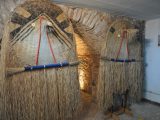
The collection is divided into archaeological – consisting of ceramics, polished stone, chipped stone and fossils; ethnological – consisting of ritual ornaments, utensils, fishing and cooking equipment and documents, which portray indigenous, black and European culture and rock art.
In addition to temporary exhibitions.
Collection: Indigenous objects, paintings and photographs.
Location: Praça 15 de Novembro, Terreiro de Jesus, s/nº, Old Faculty of Medicine.
Opening hours: Monday to Friday from 9:00 am to 5:00 pm. Except holidays.
34. Erotic Museum
The Erotic Museum is housed in the headquarters of the Gay Group of Bahia (GGB) and brings together more than 400 pieces of popular erotic representations from various countries.
The collection belongs to historian Marcelo Cerqueira, also president of the GGB.
Highlights include indigenous ceramics from Ceará and the thongs of Wai-Wai women from Amazonas.
Collection: Representations of the popular erotic imaginary through Northeastern, Amazonian and Mexican crafts, pre-Columbian art; French pop art and sex shop pieces.
Location: Rua Frei Vicente, 24, Pelourinho
Opening hours: Monday to Friday from 9:00 am to 12:00 pm and from 2:00 pm to 4:00 pm. Except holidays.
35. Palacete das Artes
The environment, with gardens, restaurant and space for children’s activities, also holds space for great works and exhibitions.
The Palacete do Comendador Bernardo Martins Catharino, also known as “Villa Catharino”, was the first eclectic-style building listed by Ipac in 1986.
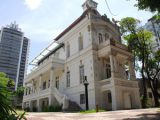
Its space consists of the Mario Cravo Jr. Contemporary Room, which houses temporary exhibitions of important artists in the plastic arts scene of Bahia, Brazil and other countries.
Visitation: Tuesday to Friday, from 1pm to 7pm. Saturdays, Sundays and holidays, from 14h to 19h. Rua da Graça, Graça
36. Passeio Público
Near Largo do Campo Grande and next to the Acclamation Palace, Passeio Público was restored in 2015 and reopened to visitors.
The space, which is considered an open-air museum, was inaugurated in 1810 by the Count of Arcos, then governor of Bahia.
Sculptures from the site were restored, the sidewalk reformed and the sidewalks readjusted or rebuilt.
Visitation: Monday to Sunday, from 9am to 9pm. Avenida Sete de Setembro, Palácio da Aclamação.
37. Solar do Ferrão
Solar Ferrão is a space for art, culture and memory, installed in the Historic Center of Salvador.
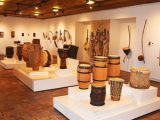
Listed by the National Historical and Artistic Heritage Institute (IPHAN) in 1938, the mansion built between the late 17th and early 18th centuries has six floors and houses the Solar Ferrão Gallery, the Abelardo Rodrigues Museum and four collections: African Art Claudio Masella; Popular Art; Sound Plastics, Walter Smetak, and the Collection of Traditional Musical Instruments Emília Biancardi.
Visitation: Tuesday to Friday, from 12pm to 6pm. Saturdays, Sundays and holidays, from 12h to 17h. Rua Gregório de Matos, Pelourinho
38. City of Music of Bahia
The “Cidade da Música da Bahia” is located in a “Casarão dos Azulejos Azuis”, in the region of Comércio, in Salvador, near postcards of the city, such as the Lacerda elevator and the Mercado Modelo, a construction from the 1850s.
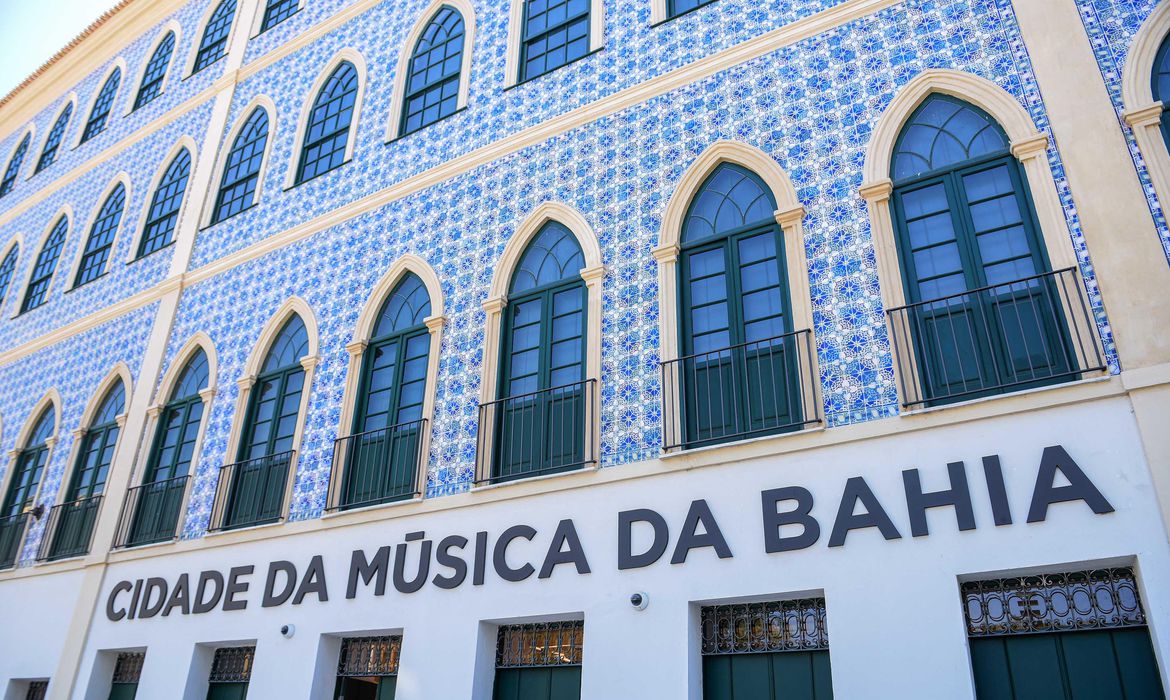
The city of Salvador, which is the cradle of great artists of MPB, samba-reggae, rock, pagode and axé, offers a complete musical experience to the visitor, distributed in four fully recovered floors of the building.
Spaces
The first floor has an entrance hall, reception and ticket office, lounge, café, store, library, media library, research center, and the cultural center’s infrastructure area.
The upper floors house permanent collections curated by anthropologist Antonio Risério and architect and artist Gringo Cardia.
On the second floor, the exhibition The City of Salvador and Its Music<nbsp;portrays neighborhoods of the city and their music, stories, testimonials and new trends. The venue houses a large interactive model, three large projection screens, consultation stations and a studio for recording testimonials.
On the second floor, the theme is “Tropicalia” and houses the exhibition “History of Music in Bahia” with nine video booths and three rooms: The Magic of the Orchestra, with content focused on classical music; The New Music of the City, with an 80-inch screen showing videos with new groups, rising singers and peripheral music groups; and, finally, the room Who Makes the Music of Bahia, which displays 260 testimonials from the most important and representative people of Bahian music.
The third floor is dedicated to educational entertainment, with a studio and mixing booth. In the karaoke space, the visitor becomes a singer. Choose a background for your video and, at the end, have a clip ready to post on social networks. A video station displays all the clips already recorded. The content is cumulative and you can search who recorded it.
39. Memorial of the Baianas de Acarajé
The space, located in the Historic Center of the capital of Bahia, is in Praça da Sé, next to the Monument of the Fallen Cross.
The memorial, inaugurated in 2009, was designed to integrate different spaces: kitchen, workshop room, exhibition rooms and reference center, in a perspective of enhancing the dissemination of knowledge associated with the craft of baiana de acarajé, which is Brazilian cultural heritage, recognized by the National Historical and Artistic Heritage Institute (Iphan), on January 14, 2005, in the Book of Registration of Knowledge.

With this concept, the space shows the history of the craft of the baianas as well as their images, work and clothing.
According to the city hall, responsible for the revitalization works, the initiative aimed to rescue the function of the space for permanent exhibition of the history of the baianas and for holding events, in addition to the dissemination of regional gastronomy, especially acarajé.
